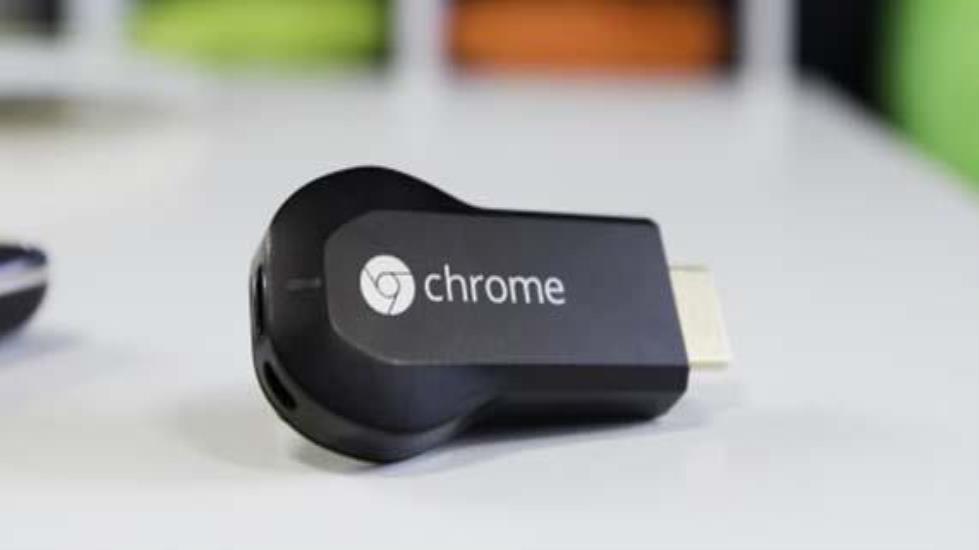
Google’s foray into the streaming media market required a partner with global design, engineering, manufacturing, and marketing know-how, plus proven expertise inventing intelligent consumer products.

Business objective
Google wanted to bring streaming online media to an unprecedented mass market, so it turned to Flex to create a disruptive device for living rooms everywhere. Together, Google and Flex brought the Chromecast to life, conquering design challenges along the way and launching the product quickly in an extremely competitive environment.
Google partnered with Flex to:
- Take Chromecast from idea to concept to worldwide production.
- Design a prototype of the Chromecast in four weeks.
- Solve design and engineering challenges such as size, price, wireless capabilities, and temperature.
- Speed time to market, beating competitors on both market entry and price.
Solution
Designing a printed circuit board (PCB) to overcome technological challenges
Google engaged with Flex, sharing only rudimentary concepts of its product, seeking a partner to design, engineer, and manufacture the device at scale. The then-secret gadget would allow users to instantly “cast” content from mobile devices or laptops to television screens, the way similar products did at the time. But unlike other products, Google needed it to be small, sleek, and at an ultra-competitive price point.
Flex engineers designed an octagonal-shaped, printed circuit board — an unprecedented form factor — and solved other significant technological challenges, too. The design of the circuit board took advantage of the gaps between circuits to disperse heat so it wouldn’t burn the circuitry. Flex developed an antenna with a ribbon nestled between the layers of the circuit board that could sniff out a signal from behind a flat-screen. Together, Google and Flex designed a working prototype in just four weeks.
Result
Solving the problems of innovation through collaboration
In an age of disruption, where time to market makes the difference between pioneers and laggards, innovation must happen on multiple fronts. The collaboration between Google and Flex brought the Chromecast design to life and got the device into consumers’ hands at a staggering pace. Our deep cross-industry expertise engenders an institutional cross-pollination that allows customers like Google to get to market fast and maintain its leadership position.
The resulting size and curves differentiate Chromecast from its competitors — and so does the price. Google began selling its Chromecast streaming sticks for $35 in July 2013, offering a more accessible alternative to competitors’ $100+ dollar products. Flex manufactured 7 million of the devices during the first four months of production.



